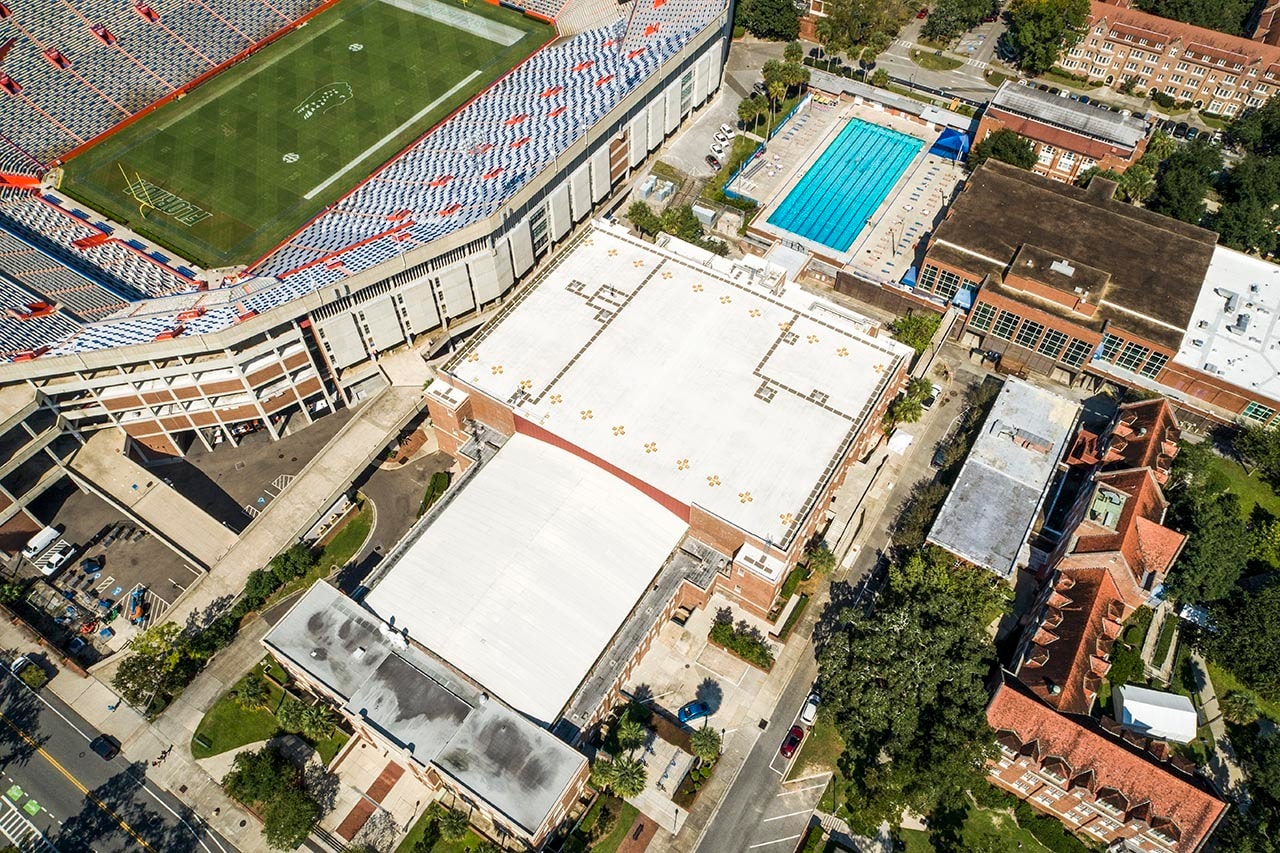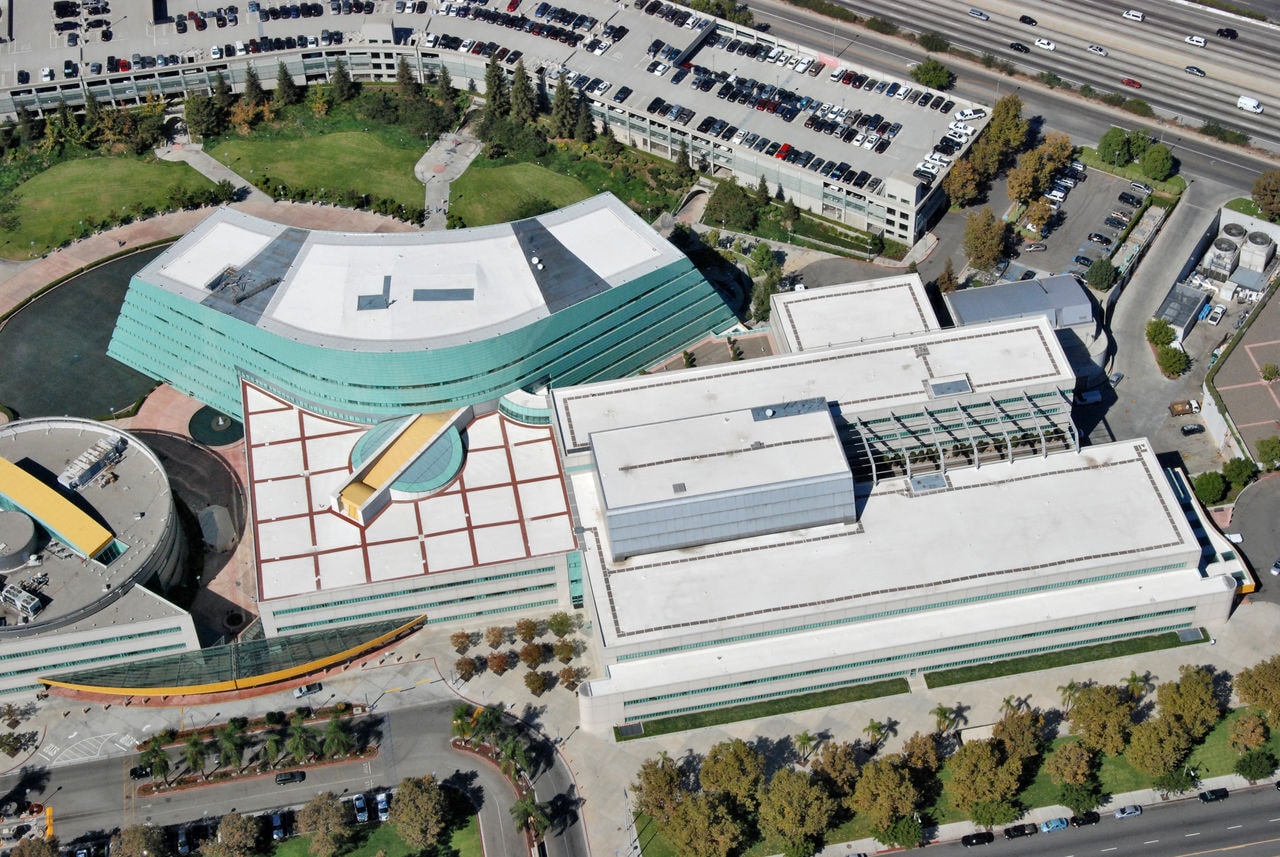One of the critical components of a building, both in terms of design and cost, is its roofing system. Building owners and consultants face the challenge of accurately predicting and managing a facility's long-term costs; life cycle cost analysis (LCCA) can help. Initial capital expenditures are often the focus during the design and construction phases. However, the ongoing costs associated with a building's energy use, as well as roof maintenance and eventual replacement, can make up a significant portion of a roof's total expenses over the service life of a building and its roof.
Modern buildings often incorporate various roofing systems that can make applying already detailed LCCA techniques more complex, such as multiple roof systems on the same building, multiple buildings with different roof systems, unique structures and systems, green roofs, and solar panels.
Applying LCCA techniques to complex buildings, particularly roofing systems, involves a unique set of challenges that require careful examination. Challenges arise due to the varying lifespans, performance metrics (e.g., energy efficiency), and maintenance requirements of different roofing systems and components.
Defining Complex Buildings and Roofing Systems
University campuses, corporate office parks, or healthcare campuses with multiple buildings may have different functional requirements for each building or structure.
For example, a dormitory building might have a traditional low-slope roof that is energy efficient, whereas a research lab within the same campus may have a more complex, chemically resistant roofing system with numerous vent stacks emitting various compounds. A medical building or research facility may require a roof system with an air barrier and above-code insulation levels, while an office building might prioritize cost-effective roofing materials, simply meeting code minimums. Each roof system will likely have different performance requirements and expected lifespans; LCCA must account for these variations.
Buildings and building complexes can often include multiple roof system types or various roofing materials. For instance, a building or complex might have a combination of traditional low-slope roofs, hybrid membranes, and steep-slope roofs. Each roofing system has its own life cycle with varying maintenance schedules and replacement costs.
Also, buildings that incorporate solar panels, vegetated roofs, or other forms of renewable energy introduce unique maintenance requirements and can offer long-term energy savings from renewable energy production. This all needs to be factored into the LCCA.

Diverse Building Functions
On a multi-building campus, each building may have different functional requirements that impact roofing system choices. One of the challenges is combining these differences into a unified LCCA model for the entire campus. The solution could be to perform individual LCCAs for each roof system based on a roof's specific functional needs, material choices, and anticipated lifespan. Once completed, the LCCAs for each building or section can be consolidated into a comprehensive model for the campus as a whole, based on a timeline of anticipated maintenance, repair, and expected roof system replacement.
Multiple Roofing Systems
Different roofing systems may require different maintenance needs. The challenge lies in combining the different maintenance schedules, maintenance costs, and lifespans of these individual systems into a unified LCCA.
A modular approach to LCCA is ideal in this situation. Again, performing separate LCCAs for each roof system while considering the replacement cycles for certain elements can help. For example, the energy efficiency benefits of a reflective roof can help lower a building's cooling costs, which should be factored into the cost-benefit analysis for both the roof and the building as a whole.
However, reflective coatings often have a shorter service life than the membrane beneath them. An LCCA should take into account the shorter service life of the coating and the longer service life of the membrane.
Varying Life Cycle Demands
On a campus with multiple buildings, roofing systems will likely be installed in different years, and therefore, will have different life cycles and maintenance schedules. Tracking the maintenance, replacement, and repair costs for each building over time can be complex, especially if the roofs age at different rates.
To manage varying life cycle demands for roofing systems across a campus, consider dynamic cost modeling. This approach allows for maintenance schedules and replacement cycles for components (such as coatings and vegetation) and roof systems to have varying time frames and costs. Each can then be specific to each building within a campus.
Tracking and documenting the related data for each roofing system—such as the type of roof, date installed, contractor, last maintenance date, any updates or repairs, etc.—becomes crucial. An LCCA can help by using historical data, such as roof material performance and maintenance trends, to predict the need for repairs or replacements in order to allocate financial resources accordingly.
Current Costs Versus Future Costs
New roofing systems can be considered long-term investments, certainly when energy savings are incorporated into the analysis. The cost of reflective roof membranes and coatings, as well as installing above-code insulation amounts in the most energy-efficient methods, should be considered relative to the initial cost. Anticipated increases in energy costs can also be incorporated into an LCCA. Roofing material costs will increase over time, and using historical data to predict future cost increases can help drive more accurate cost forecasting.
Sustainability Metrics and Environmental Impact Assessments
Sustainability is increasingly important in building design and operations. When conducting LCCA for roofing systems, assessment of related environmental considerations, like energy savings, carbon footprint reduction, and water management, might be taken into account. For example, a green roof can reduce stormwater runoff, enhance insulation, and improve air quality—all of which could be considered as part of the LCCA. While hard to provide specific cost data for these factors, there are tangible benefits to environmental considerations.
Roofs have some level of embodied carbon, which is primarily due to their manufacturing, installation, removal, and replacement. This lends itself to the idea that longevity is a key factor to a roof system being environmentally friendly. If a roof system is designed and installed with its overall life cycle in mind, its carbon footprint and environmental impact will be minimized. For example, selecting a roof system that will need to be replaced in the next 15 years based solely on initial cost will have a more negative environmental impact compared to a roof system with a lifespan of 25 to 30 years.
A Tailored Approach
LCCA is a powerful tool for predicting and managing the long-term costs of roofing systems in complex building projects. However, the complexity of modern buildings—ranging from multi-building campuses to buildings with multiple roofing systems—requires a tailored approach to provide the most accurate analysis.
By using advanced LCCA techniques, building owners and consultants can make better-informed decisions about roofing system investments. These strategies can help optimize costs, improve a building's sustainability, and provide long-term performance.


